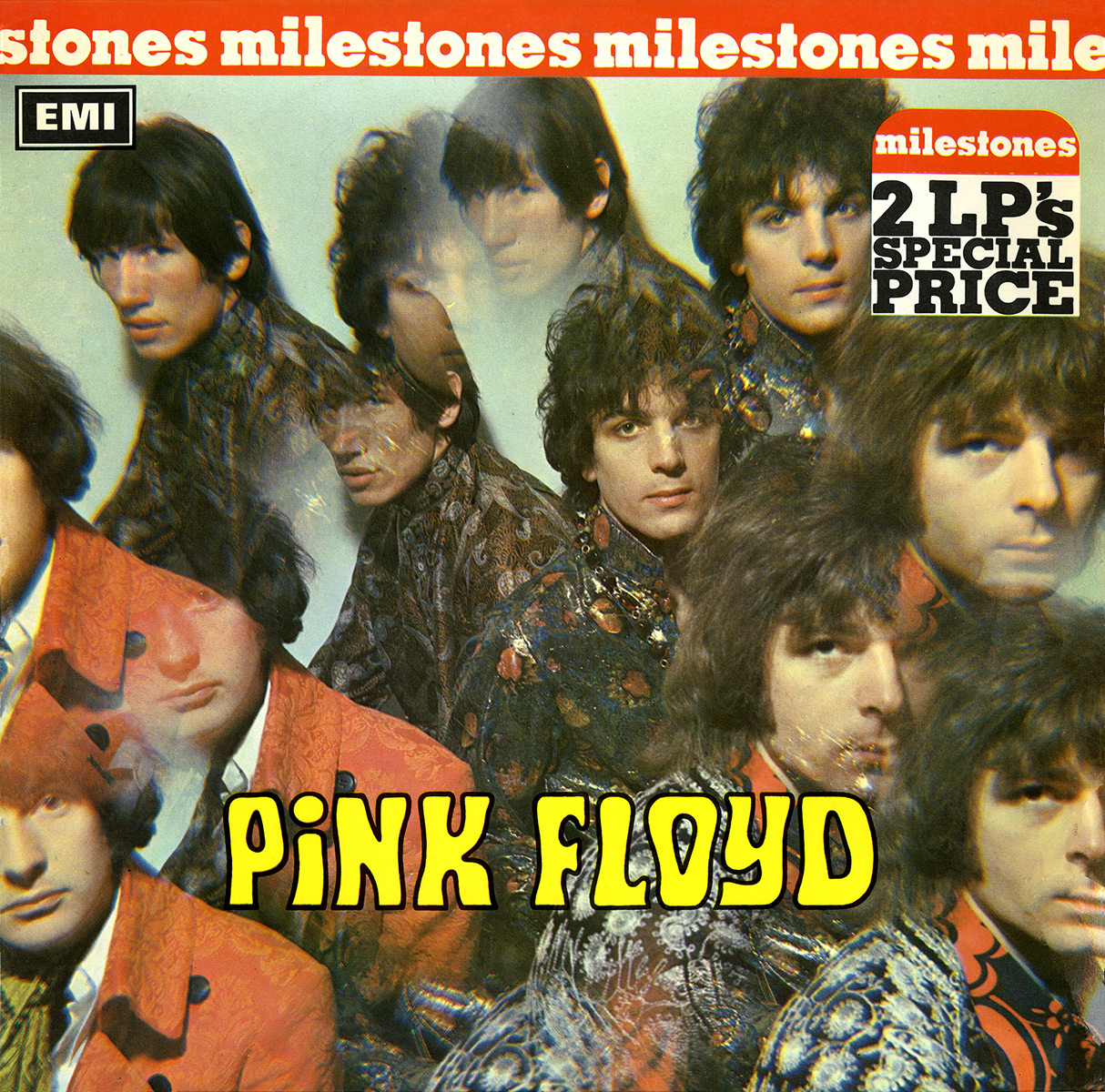

There is a child-like musical quality provided by a combination of acoustic and electric guitars with a subtle level of distortion. Opening track “Terrapin” sets the tone for the album with simple acoustic guitar chord progressions while Barrett narrates what seems to be a love story: “‘Cause we’re the fishes and all we do / The move about is all we do.” Coincidentally, on Pink Floyd’s 1975 eponymous album, Gilmour sings “We’re just two lost souls / Swimming in a fish bowl,” on “Wish You Were Here.” While it is known that “Wish You Were Here” was recorded as a tribute to Barrett, this lyric in particular sees a 29-year-old David Gilmour appearing to wink at Barrett’s solo work.Īs the album progresses, tracks “Love You” and “Here I Go” solidify the album with a variety of stream-of-consciousness lyrics and simple drum beats. The 1970 album itself is a self-contained thirteen track composition. Additional production help and instrumental assistance came from Pink Floyd members Roger Waters and David Gilmour. A year later in 1969, Barrett returned to finish recording of the project at Abbey Road Studios with production of the album handled mostly by Malcolm Jones. Recording began in 1968 but was postponed due to a brief psychiatric stint. In his brief time with Pink Floyd, he wrote eight of out 11 tracks on Pink Floyd’s debut studio album, The Piper at the Gates of Dawn, and a handful of other songs before his infamous departure from the band in 1968 as a result of deterioration due to psychedelic abuse.Īs a solo artist having been outcast from Floyd, Barrett began recording his debut solo album, The Madcap Laughs. Rarely is he remembered for bringing together the initial members of Pink Floyd or even giving them their band name. Syd Barrett’s legacy is often spoken about as the tragedy of a man who lost his mind, and later serving as the muse of various works by Pink Floyd years after he had left.

PF with Gilmour, to me, was a much better, more musical band but the creative mind of Syd was a thing of beauty.Syd Barrett’s post-Pink Floyd career is too wild to be ignored. Syd was probably the first pop guitarist interested in delay and noises as musical statements on their own (maybe because, as they would admit it, PF at that time and as a band was an average group of musicians at best). But I don´t see it as an essential part of his sound.ĭelay was an integral part of Hank's sound - and also of the very early, Tridents-era Jeff Beck sound - but more to support Hank's superb melodic skills and not as the main attraction of his playing. When I think of Hendrix I think Strat-FF-Marshall as more characteristic parts of his sound even though the delay on May this be love is heavenly. I think what the OP is trying to say is that Syd was using long delays, noises, oscillation and other artifacts as kind of avant-guarde statement intrinsic to their sound since 1966. And come on? Prog?)Ī True unique music genius who unfortunately got lost in his own delay washes. (I'm sure there's some other Prog bands who must have used it, but not as part of their main sound. I can't even think of ONE popular guitarist until the Edge whose delay played such an important part of his tone.

Name me any guitarist from < 1968 who used delay at all, and even after 1968, it was Gilmour who carried on the tradition.

(Not the slapback echo used in early rock and roll, but the 300ms, self-oscillating capable, rhythmic analog delay that we think of today when we think "delay".) Gilmour had moved away from some of the specific gear (Tele to Strat, Selmer to Hiwatt) by the time of Atom Heart Mother, but the basic idea was still there throughout his time in the Floyd.Ģ) Related to #1, Syd has GOT to be the first guitarist to use delay as an integral part of his main sound. Telecasters, slide guitar, fuzz, Selmer amps, and the almighty Binson Echorec. As much of a fan of Gilmour as I am, I've always loved Syd Barret's equally awesome playing and unique sound.ġ) His rig was the basis for Gilmour's early tone.


 0 kommentar(er)
0 kommentar(er)
